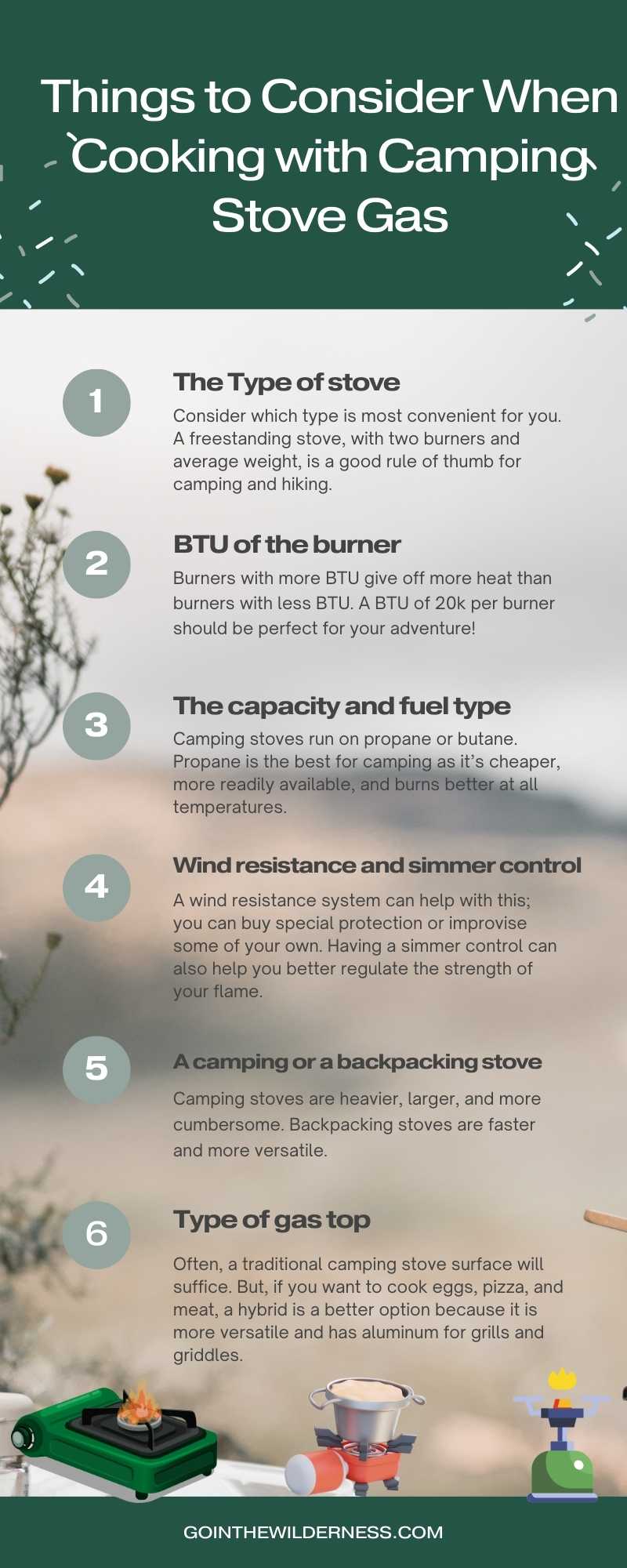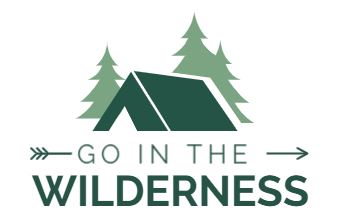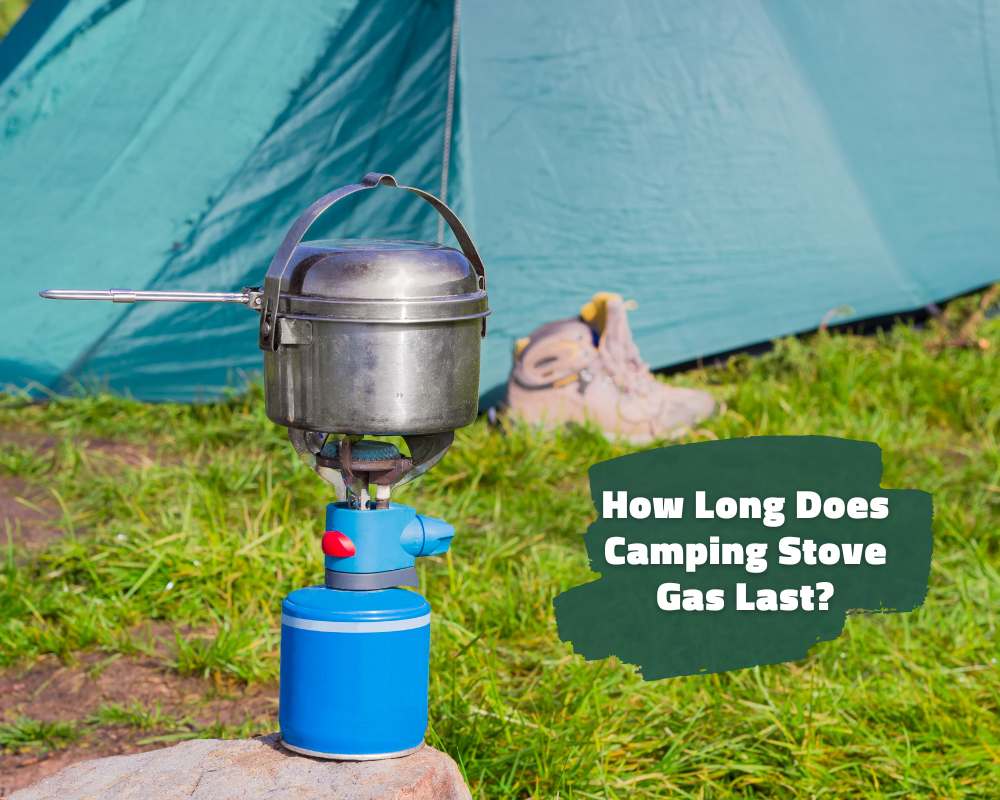Cooking is a major concern during camping and bushcrafting, as you need regular and sufficient intake of food. Making arrangements on what to eat, how to prepare it, and how long camping gas will serve you are essential considerations.
In this article, you’ll get to know how long camping stove gas lasts, as well as some important factors to consider before cooking with it on your trips.
How Long Does Camping Stove Gas Last?
Generally speaking, and under optimal conditions, a 220-gram gas canister will last approximately 2 hours on average. In similar circumstances, a standard 450-gram cartridge will last about 3.5 hours.
So, how much gas will you need for your trip? Assuming you’ll be using gas to make hot drinks and meals, you’d need around 1680 grams of gas for a two-week trip—or half of that for seven days. Of course, it’s always best to bring too much gas rather than too little.
The above figures are rough estimates for an average trip—but there are some crucial factors during a trip that could affect how long your gas lasts. These are:
- Altitude: At higher altitudes, your fuel will deplete faster.
- Stove efficiency: The efficiency of your stove is another factor.
- Cooking technique: This refers to how well you use the stove and the gas.
- Outdoor temperature: Gas depletes faster in colder weather.
So, before you work out how much gas to bring, consider the way you’ll be cooking, the efficiency of your stove, and the altitudes and outdoor temperatures you’ll be cooking in. That way, you can work out how much gas you’ll need—and ensure it lasts the duration of your trip!
Tip: To avoid wasting gas unnecessarily, let your frozen foods melt naturally rather than heating them up.
Everything Else to Consider When Cooking with Camping Stove Gas
It’s not just the longevity of your gas that you should take into account for bushcrafting. You also need to work out which type of stove is best for you, which type of gas is best for you, and whether you need a stove with special features. Here’s a handy guide to help you!
- Pick a type of stove that suits you. Some stoves are larger, have two burners, or are generally heavier. And some stoves have stands, while others have freestanding models. Consider which is most convenient for you. A freestanding stove, with two burners and average weight, is a good rule of thumb for camping and hiking.
- Consider the BTU of the burner. BTU stands for British thermal unit—the amount of energy needed to heat a pound of water. Burners with more BTU give off more heat than burners with less BTU. A BTU of 20k per burner should be perfect for your adventure!
- Consider the capacity and fuel type. Many camping stoves run on butane or propane. Propane performs well in all temperatures and lights faster. Also, many gas stations sell propane gas, making emergency refills easy. Butane gas is another option you could use—but propane might be best for camping as it’s cheaper, more readily available, and burns better at all temperatures.
- Consider wind resistance and simmer control. Wherever you are, wind can make cooking a lot more difficult. A wind resistance system can help with this; you can buy special protection or improvise some of your own. Having a simmer control can also help you better regulate the strength of your flame.
- Decide whether you’d prefer a camping stove or a backpacking stove. Camping stoves are heavier, larger, and more cumbersome. Backpacking stoves are faster and more versatile. Thus, it is generally more convenient to go with a backpacking stove. Backpacking stove gasses are also self-serviceable and easier to use in bushcrafting.
- Work out which kind of gas top you’ll need. Often, a traditional camping stove surface will suffice. But, if you want to cook eggs, pizza, and meat, a hybrid is a better option because it is more versatile and has aluminum for grills and griddles.

…And that’s a wrap! The longevity of camping gas depends on various factors including altitude, temperature, stove efficiency, and cooking technique. Before setting out to cook with camping gas, you should also work out which type of gas and which type of stove are best for you and your needs.
I am Bruno. Navigating the urban rush by day, I find peace under the stars by night. Alongside my loyal companion and co-adventurer Lilith, we explore the balance between city life and nature’s embrace. Through writing and films, I delve into bushcraft and the wild’s allure.
GointheWilderness is my bridge between these two realms, guiding you to reconnect with your innate wilderness.
Eden is here and now; join us in rediscovering it.

